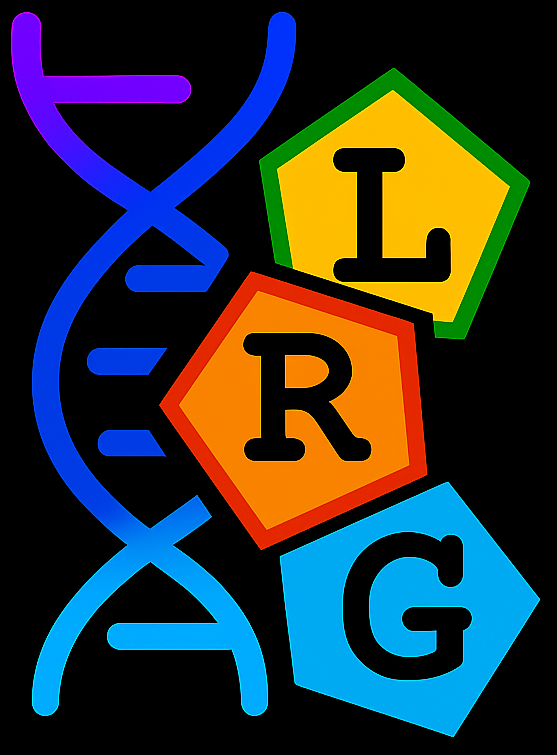What is Single-cell RNA sequencing?
Single-cell RNA sequencing (scRNA-seq) is a cutting-edge method that looks at gene activity one cell at a time. Instead of blending signals from thousands of cells like traditional methods, scRNA-seq shows what each individual cell is doing. This helps scientists discover hidden differences between cells—even when they come from the same tissue.
🔍 Why Use Single-Cell RNA Sequencing (scRNA-seq)?
scRNA-seq unlocks a deeper understanding of biology by revealing the unique gene expression patterns of individual cells. Here’s what makes it indispensable:
🧬 1. Identify Cell Types and States
Group cells by their gene expression profiles to uncover distinct types (e.g., T cells, fibroblasts) and dynamic states (e.g., activated vs. resting). Example: Distinguish tumor cells from infiltrating immune cells in cancer tissues.
🌐 2. Dissect Cellular Heterogeneity
Not all cells in a tissue behave the same. scRNA-seq reveals subtle differences in gene activity. Applications:
- Embryogenesis: Reconstruct developmental timelines with pseudotime analysis
- Plant Biology: Map gene expression across roots, leaves, and reproductive tissues
🔎 3. Detect Rare or Novel Cell Types
Identify low-abundance or previously unknown cell populations that bulk RNA-seq would miss. Impact: Discover early progenitors or rare immune subsets.
🧫 4. Analyze Cellular Responses in Disease
Track how individual cells react to complex environments like tumors, infections, or inflammation. Insight: Understand cell-specific behavior in pathological conditions.
🧬 5. Study Cellular Variants
Advanced protocols (e.g., Smart-seq2) detect alternative splicing, gene fusions, and single-nucleotide variants (SNVs) at single-cell resolution.
🎯 6. Discover Biomarkers and Therapeutic Targets
Pinpoint disease-associated markers unique to specific cell types. Benefit: Accelerate biomarker discovery and guide precision medicine.

